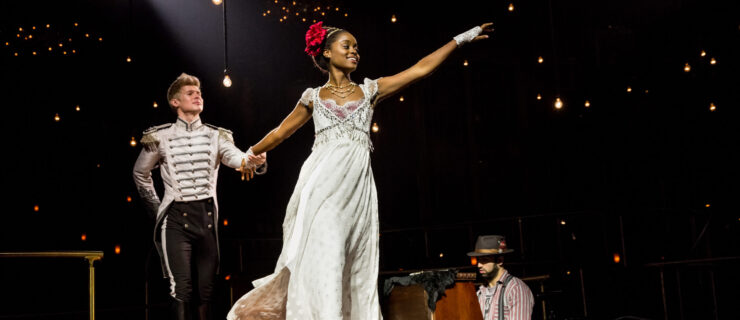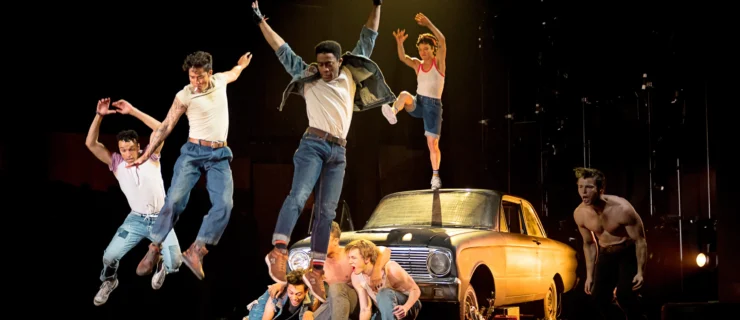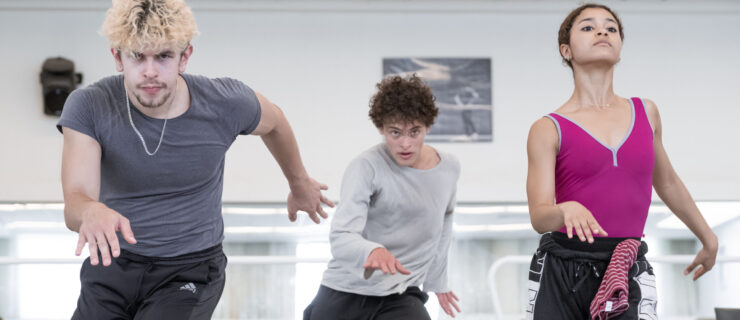Black Label Movement
Black Label Movement’s Wreck
Southern Theater, Minneapolis, MN
January 13–20, 2008
Reviewed by Linda Shapiro
Carl Flink’s Wreck casts 13 dancers as crew members trapped in a watertight compartment of a sunken boat, struggling for survival as the oxygen runs out. But what sounds like a plot for a TV reality show becomes an epic ordeal of people going head-to-head with nature, mortality, and one another. For 80 charged minutes, Flink melds classic modern dance and rough-and-tumble maneuvers with elemental emotions. Everybody’s going to die, and everybody knows it. He contrasts choral movement where the group becomes a single pulsating organism with solos and duets that reflect more personal turmoil.
Flink danced with the Limón Dance Company and apprenticed with Paul Taylor, so it’s no surprise that his movement recalls Limón’s heroic archetypes, Doris Humprey’s communal dynamics, and Taylor’s muscular exuberance. The powerful dancers, risk-takers all, deliver the combination of buoyant athleticism and feral intensity that is a hallmark of Flink’s style. They often move in tight formation—either within shifting groupings of wooden benches that define the compartment in which they are trapped, or careening through space, colliding and rebounding off of one another. Sometimes it’s like watching a display of cascading fireworks: carefully sculpted forms filled with volatile explosions of light.
Flink often confines dancers to a small area defined by the benches, compressing them like heroic working-class figures in a Diego Rivera mural. The benches become part of a fluid architecture where dancers grapple in stylized gestures of mutual support and desperate aggression. They summon up images of deck hands at work, storms at sea, a community in chaos—sometimes simultaneously.
The choreography can assume the homogenized look of a movement vocabulary derived from many sources. And as in many operas, the death throes go on far too long. But the combination of juicy athleticism and eerie theatricality works. Jeff Bartlett’s starkly expressionistic lighting and the propulsive music of Mary Ellen Childs played live by onstage musicians considerably ups the ante. Childs’ score, which sounds like a soundtrack for some noir thriller infected by the driving ostinato of Steve Reich, carves out a menacing soundscape that drives Wreck to its very last gasp.




